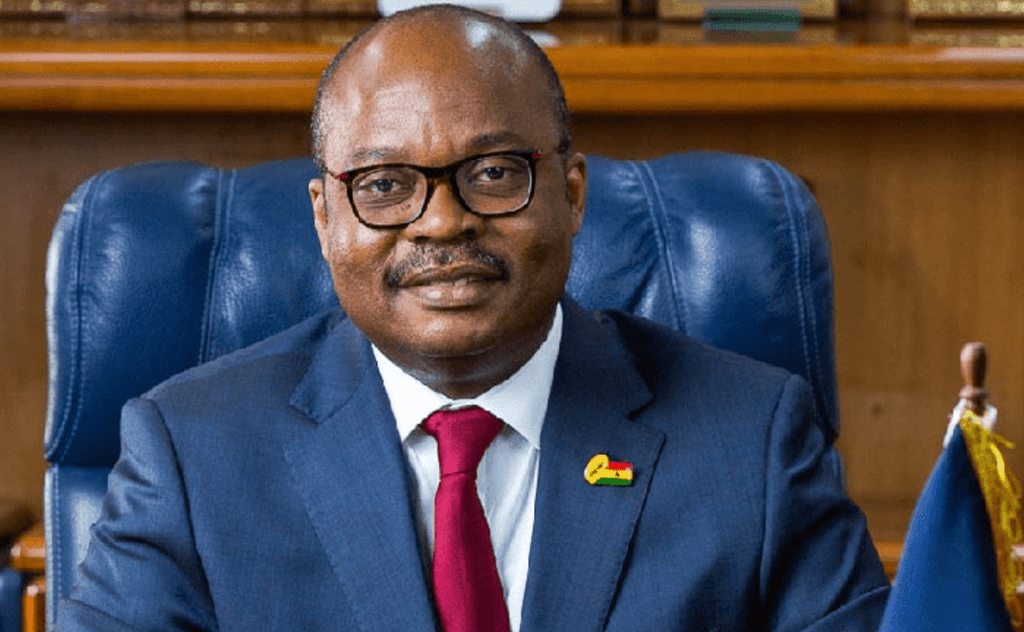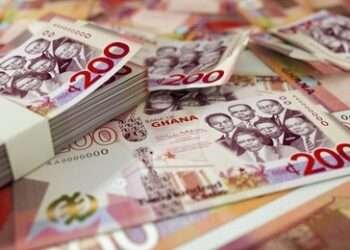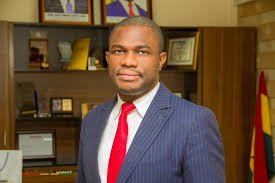Average cost of borrowing continues to rise in the country, increasing to a seventh-month high in February 2022, up from 20.51 percent in August 2021.
Data from the Bank of Ghana (BoG) show that the average lending rate in the country is gradually inching up since August last year, rising by 0.48 percentage points to 20.52 percent in February this year compared to the rate recorded in December 2021. The Bank of Ghana attributed the recent upward trend in cost of borrowing to rising interest rates at the interbank market.
“The weighted average interbank rate inched up from 12.68 percent in December 2021 to 12.96 percent in February 2022. The increase in rates at the interbank market level was transmitted to the retail-end of the market, resulting in average lending rates of banks inching up marginally to 20.52 percent in February 2022 from 20 percent recorded in December 2021”.
Bank of Ghana
However, compared to the corresponding month last year, average lending rates have declined by 0.48 percentage points, down from 21.0 percent in February 2021. In terms of deposit rates, not much has changed over the past one year as both demand and savings deposit rates remained constant at 2.62 percent and 7.62 percent respectively.
Credit to the private sector
Despite the rising cost of borrowing in the country, credit to the private sector continued to recover, consistent with the rebound in economic activities. In nominal terms, annual growth in private sector credit increased significantly to 17.1 percent in February 2022 compared with 7.4 percent in the same period of 2021. In real terms, private sector credit grew by 1.2 percent relative to a contraction of 2.7 percent, over the same comparative period.

BoG’s latest credit conditions survey revealed tightened credit stance on loans to enterprises. However, the Central Bank disclosed that “demand for credit by households and small and medium sized enterprises are projected to increase in the near to medium-term”.
Even though Bank of Ghana is forecasting an increase in demand for credit by the private sector in the medium-term, recent monetary policy measures announced by the Regulator are all pointing to an increase in the average lending rate which is already at a seven-month high. In an attempt to tame inflation, the Monetary Committee of the Bank of Ghana raised its policy rate by 250 basis points to 17 percent in its 105th meetings held in March this year.
Other monetary policy measures
In addition to the upward policy rate adjustment, the Bank of Ghana announced other monetary tightening measures which are expected to be enforced by universal banks, effective April 1, 2022. The regulator has announced an increase in the Cash Reserve Ratio to 12 percent and also reset the Capital Conservation Buffer to the pre-pandemic level of 3 percent, making the Capital Adequacy Ratio a total of 13 percent. Moreover, the provisioning rate for loans in the ‘Other Loans Exceptionally Mentioned’ (OLEM) category is reset to the pre-pandemic level of 10 percent.
These measures, which are aimed at mopping up excess liquidity in the system, will ultimately result in higher borrowing rates at the retail level which will have a growth-crippling effect on the economy. Private sector is likely to be crowded-out as the banks may see the high policy rate lucrative and may therefore, invest a chunk of their funds in holding government bonds. This will push interest rates even higher, should BoG’s projected increase in credit demand by the private sector materialized.
Already, indicators from the Bank of Ghana are pointing to a slowdown in the pace of recovery since Q4 2021 to the end of the first month this year. This means that the Central Bank’s measures, even though may contain inflation, may have an adverse impact on growth and job which will ultimately impact on standards of living in the country.
READ ALSO: GMA Welcomes Gov’t Withdrawal of Compulsory Testing for Fully Vaccinated Persons





















